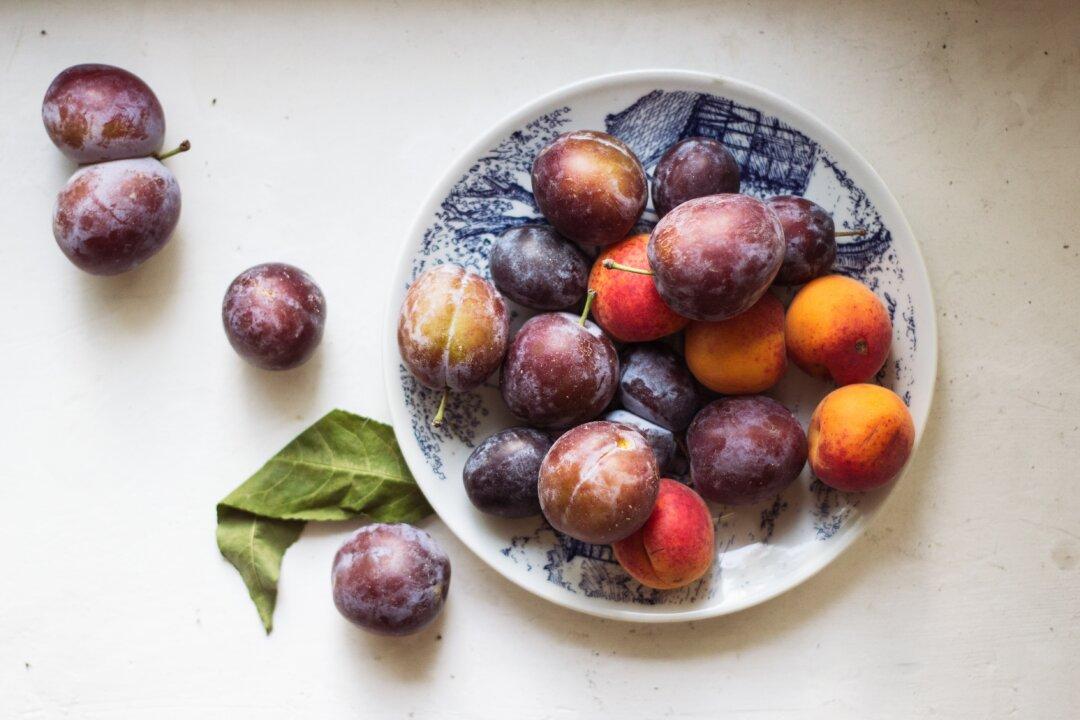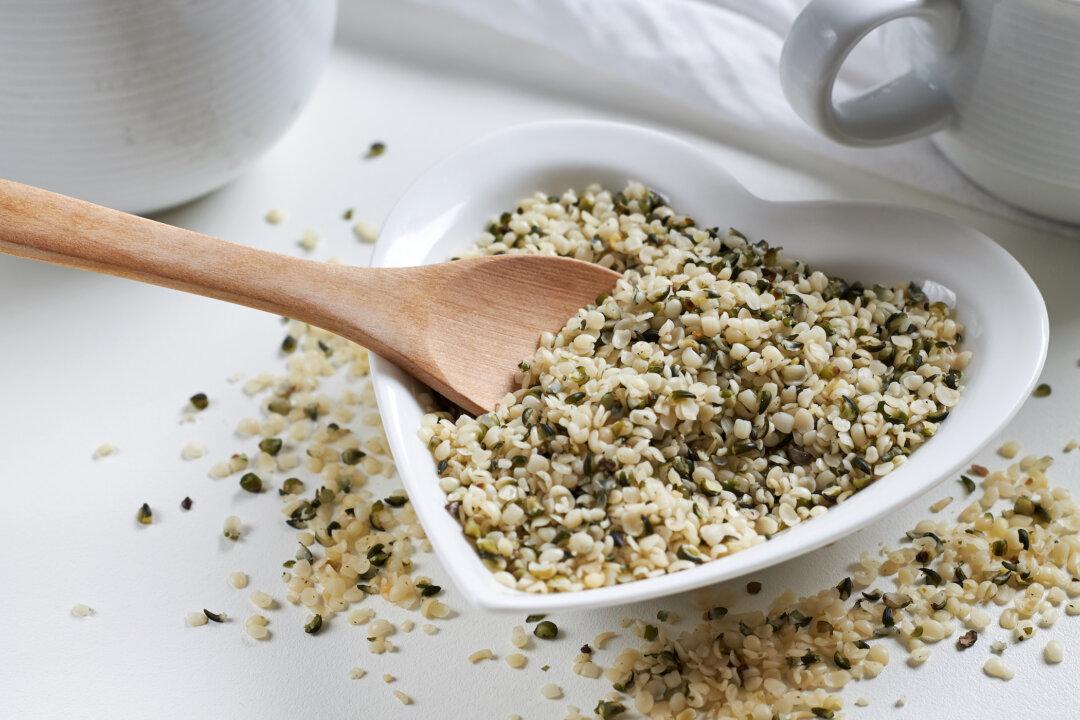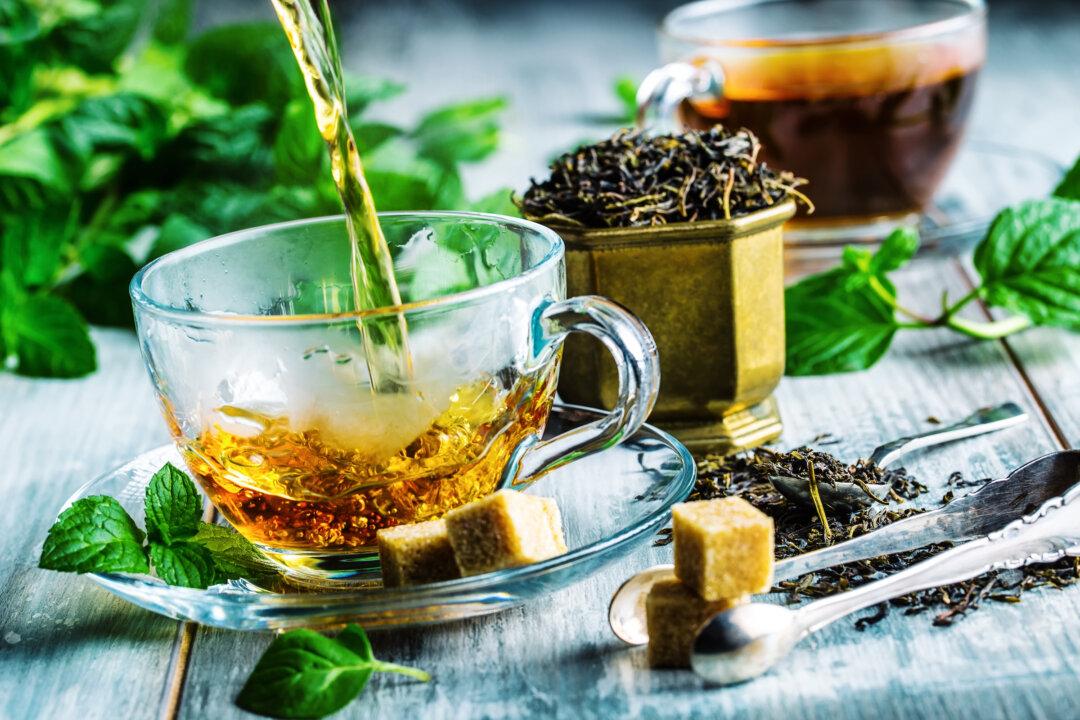According to recent estimates, over 5.8 million Americans are currently living with Alzheimer’s disease. As the population ages, the percentage of people affected by this debilitating disease will only increase. Experts say that every five years after age 65, the risk of Alzheimer’s disease doubles. The upshot is that a shocking 14 million Americans are expected to be diagnosed with Alzheimer’s disease by the year 2060. Keep reading to find out how consuming anthocyanins can greatly reduce the risk of brain (and heart) issues.

You can also get these natural plant-based pigments through grapes, dark cherries, and plums Photo by Vladimir Gladkov/Pexels
|Updated:




